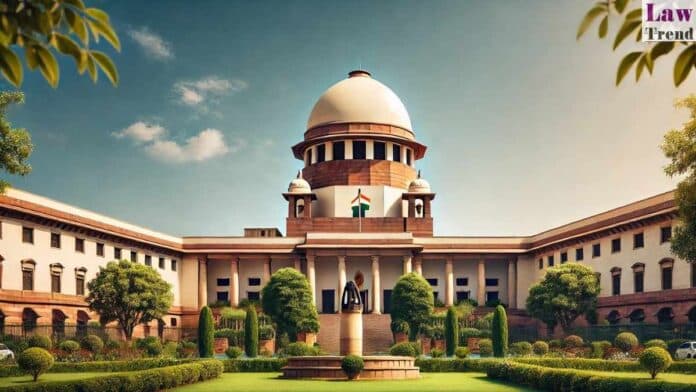In a significant ruling concerning customs duty benefits for exporters, the Supreme Court has held that Circular No. 35/2010-Cus dated 17.09.2010, issued by the Central Board of Excise and Customs (CBEC), is retrospective in nature. The Court concluded that the circular merely clarifies existing entitlements and does not confer new rights, thereby entitling merchant exporters
To Read More Please Subscribe to VIP Membership for Unlimited Access to All the Articles, Download Available Copies of Judgments/Order, Acess to Central/State Bare Acts, Advertisement Free Content, Access to More than 4000 Legal Drafts( Readymade Editable Formats of Suits, Petitions, Writs, Legal Notices, Divorce Petitions, 138 Notices, Bail Applications etc.) in Hindi and English.




